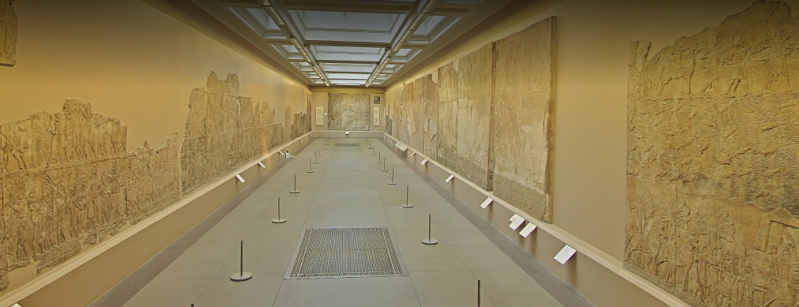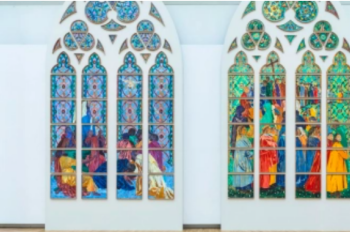
Archaeological detective work has seemingly uncovered King Sennacherib's military camp utilized in the siege of Jerusalem in 702BC and mentioned in the first three books of the Bible.
Popular Archaeology reported the hilltop site discovery, by independent scholar and writer Stephen Compton, referencing a peer-reviewed paper in the journal Near Eastern Archaeology and revealing the first known discovery of military camps in ancient Assyria.
“This appears to be the site of Sennacherib’s camp from the siege of Jerusalem, which was featured in the three books of the Bible, depicted in great works of art by, for example, Peter Paul Rubens and Gustave Doré, and celebrated in verse by Lord Byron,” wrote Compton in Popular Archaeology.
“In the Bible story, the Angel of the Lord passed through the camp in the night slaying the Assyrian soldiers. The Babylonian historian Berosus wrote that a plague devastated the Assyrian army. And the Greek historian Herodotus claimed that mice invaded the Assyrian camp in the night and chewed through their bow strings and shield straps, leaving them defenseless in battle the next morning.”
The hill’s earlier history is “equally impressive”, according to Compton. He referenced Isaiah 10:24-32, which describes the Assyrians advancing towards Jerusalem, stopping at Nob and “challenging Jerusalem from there.”
“This connects the Assyrian camp at Jerusalem with Nob, the lost priestly city that held the tabernacle, the holiest site in Judaism prior to the construction of the temple,” added Compton, as reported by Popular Archaeology. “However, according 1 Samuel 21-22, after the priests there aided the hero David, King Saul had every man, woman, child, and animal in Nob killed. Nob was not mentioned again for some 300 years, until the Assyrians occupied it.”
Sennacherib ruled Assyria from 704 to 681 BC and became known for his ambitious construction projects.
Compton used technologically efficient mapping techniques to create a virtual map pinpointing the site of the military maps, by also cross referring early aerial photos, current satellite imagery and ancient references, not only in the Bible (2 Kings 19:35, Isaiah 37:36-38, 2 Chronicles 32:21), but also ancient Greek and Assyrian texts. He also examined stone carvings on display at room nine in the British Museum.
An online description for the room reads: “Nineveh was the capital of the powerful ancient Assyrian empire, located in modern-day northern Iraq. Sennacherib was the king of Assyria from 704–681 BC and was famous for his building projects. The rooms and courtyards of his Neo-Assyrian Southwest Palace at Nineveh were decorated with a series of detailed carved stone panels. Many of these stone panels are on display in Room 9.”
Panels on display feature various scenes, including the military campaigns undertaken by King Sennacherib. One of the panels heralds the conquering of Lachish city, to the south of Jerusalem, by the king, and depicts details of a landscape.
By comparing this artwork with actual aerial photos of the city before it was developed, and other sources as noted above, Compton devised a virtual map pinpointing the military camp.





